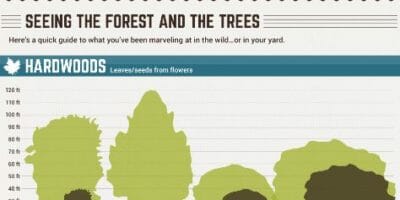The Environmental Advantages Of Stump Grinding: A Sustainable Approach For Land Stewardship
The Environmental Advantages Of Stump Grinding: A Sustainable Approach For Land Stewardship
Blog Article
Uploaded By-
When it concerns land management, have you thought about the durable advantages of stump grinding? By resolving the remnants left behind after tree removal, this practice not only aids in dirt health enhancement however also plays a vital role in protecting against disintegration and sustaining biodiversity. The environmental advantages of stump grinding prolong much past simple looks, offering a lasting remedy that harmonizes with nature's intricate systems.
Dirt Health Improvement
Seeking to boost the quality of your soil? Stump grinding can be a game-changer for boosting dirt health on your home. By eliminating old tree stumps, you're developing room for new growth and allowing important nutrients to go back to the soil.
As browse around this website break down over time, they release raw material, enhancing the dirt and advertising far better plant growth.
On top of that, stump grinding aids to aerate the dirt, permitting much better water infiltration and root growth. Compacted dirt can impede plant development and water absorption, but by grinding stumps, you're loosening up the dirt and developing a healthier environment for your plants.
In addition, stump grinding can additionally assist to avoid insect invasions and diseases that old stumps might draw in. By eliminating these possible hazards, you're developing a safer and a lot more efficient landscape.
Disintegration Avoidance
To prevent soil disintegration effectively, stump grinding plays an essential function in preserving the security and integrity of your land. By eliminating unsightly stumps from your building, you're likewise minimizing the danger of disintegration triggered by water overflow. Stump grinding removes challenges that can disrupt the all-natural circulation of water throughout your land, stopping soil disintegration at the same time.
When stumps are left untouched, they can serve as barriers to water circulation, creating dirt to get rid of during heavy rainfalls. This disintegration not just damages your land but additionally adds to sedimentation in nearby water bodies, harming water ecological communities.
Stump grinding helps to prevent these issues by leveling the ground and advertising proper drain, decreasing the likelihood of disintegration.
Biodiversity Support
Maintaining healthy and balanced biodiversity on your land is crucial for creating a growing community. By utilizing stump grinding as a sustainable land management technique, you can dramatically support biodiversity.
Stump grinding helps promote biodiversity by producing new environments for different plant and pet species. The removal of stumps enables the regrowth of indigenous vegetation, which in turn brings in a varied variety of wildlife. Insects, birds, and tiny mammals thrive in these recently easily accessible areas, contributing to the general biodiversity of your land.
Additionally, stump grinding helps avoid the spread of conditions and pests that can damage plant types, hence guarding the ecological equilibrium on your building. By removing old stumps, you develop area for new plant development, which improves the overall wellness of the ecological community.
This healthier setting supports a bigger selection of types, promoting biodiversity and producing an extra durable community in the long-term. Accepting stump grinding as part of your land management method can have lasting favorable effects on the biodiversity of your land.
Conclusion
By making use of stump grinding as a lasting strategy to land management, you can enhance dirt health and wellness, prevent erosion, and support biodiversity. This environmentally friendly technique not only benefits the ecosystem yet likewise promotes the development of plant life and creates environments for numerous plant and animal varieties. Make a favorable impact on the setting by integrating stump grinding into your land management methods.
